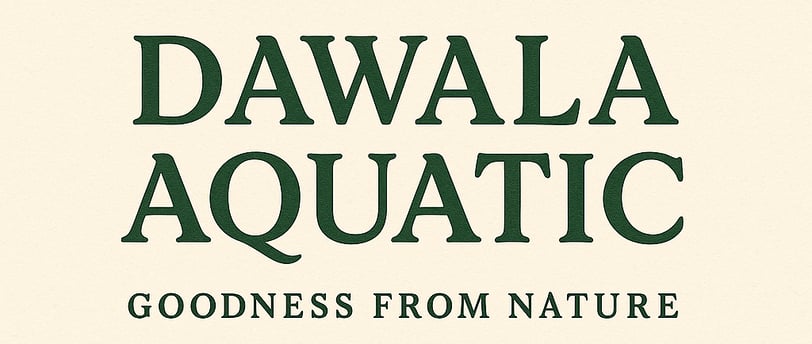Great discount on ornamental shrimp!
Shrimp Care Guide: How to Keep Ornamental Shrimp Healthy & Happy
I. Introduction Why ornamental shrimp are popular for aquascaping and nano tanks. Overview: Caridina, Neocaridina, Sulawesi species. What this guide covers: tank setup, feeding, maintenance, breeding basics. II. Choosing the Right Shrimp for Your Aquarium Beginner-friendly: Neocaridina (e.g., Cherry Shrimp). Intermediate: Caridina (e.g., Crystal Red, Taiwan Bee). Advanced: Sulawesi shrimp. Factors: budget, tank size, water hardness. III. Ideal Tank Setup for Shrimp Recommended tank size (10 gallons for stability). Filtration: sponge filter (safe for shrimplets). Heater: maintaining stable temperature. Lighting: for plants and algae growth. IV. Water Parameters for Shrimp Health Neocaridina: pH 6.5–7.5, GH 6–8, TDS 150–250. Caridina: pH 5.8–6.8, GH 4–6, TDS 100–150. Temperature: 22–26°C. Why stability is more important than perfection. V. Substrate & Plants Active vs. inert substrate (Caridina vs. Neocaridina). Best plants: moss, java fern, bucephalandra, anubias. Benefits of live plants for biofilm and hiding spots. VI. Feeding Your Shrimp Main diet: specialized shrimp pellets, algae. Occasional treats: blanched vegetables, mineral blocks. Feeding schedule: small amounts, avoid overfeeding. VII. Tank Mates – Who’s Safe, Who’s Not Best companions: snails, peaceful nano fish (optional). Avoid: aggressive or large fish. VIII. Maintenance & Water Changes Weekly water change (10–20%). Test water regularly (pH, GH, KH, TDS). Clean filter media without killing beneficial bacteria. IX. Breeding Basics How to identify males vs. females. Conditions for successful breeding. Caring for shrimplets. X. Common Problems & How to Fix Them Molting issues → mineral deficiency. Sudden deaths → parameter swings. Low survival rate → lack of biofilm for babies. XI. Pro Tips for Long-Term Success Drip acclimation when introducing shrimp. Use Indian almond leaves for natural antibacterial benefits. Patience: stable environment > quick fixes. XII. Conclusion Recap key points: stable water, minimal stress, consistent care. Encourage starting with hardy species before moving to advanced types.
Dawala Aquatic
7/15/20251 min read


Post Content
